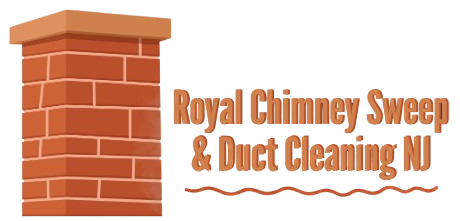A well-maintained chimney is essential for home safety and indoor air quality. Whether you enjoy cozy nights by the fireplace or rely on a wood stove, Chimney Cleaning is a crucial part of your home maintenance routine. Ignoring this task can lead to dangerous creosote buildup, reduced airflow, and even chimney fires. In this guide, we’ll cover everything homeowners need to know to keep their chimney safe, clean, and functioning properly.
Why Chimney Cleaning Matters
Over time, burning wood or other fuels produces creosote—a sticky, highly flammable substance that clings to the inner walls of the flue. Combined with soot, debris, or even animal nests, this buildup can block proper ventilation and increase the risk of fire or carbon monoxide exposure. Routine chimney and flue cleaning removes these hazards, improving airflow and ensuring safe operation.
Signs Your Chimney Needs Cleaning
It’s not always obvious when your chimney requires attention. Here are some signs to look for:
- Smoky odor indoors: Especially when the fireplace isn’t in use.
- Reduced draft: Smoke lingers or spills into the room.
- Dark, flaky debris: Creosote flakes or black soot buildup.
- Animal activity: Sounds of birds, squirrels, or nesting materials.
- Poor fire performance: Difficulty lighting or sustaining a fire.
How Often Should Chimney Cleaning Be Done?
For most homes, having a chimney cleaned at least once a year is recommended—especially before the start of the burning season. This frequency can vary depending on how often the fireplace is used, the type of wood burned, and the condition of the chimney liner. Regular inspections help determine the right schedule and prevent issues before they escalate.
What’s Included in a Chimney Cleaning Service?
Professional chimney maintenance goes beyond brushing away soot. A thorough service typically includes:
- Creosote and soot removal
- Flue and smoke chamber inspection
- Cleaning of the firebox and damper area
- Check for blockages or animal nests
- Assessment of chimney cap and crown condition
By addressing these components, a chimney sweep ensures that your system works safely and efficiently.
DIY vs. Professional Chimney Cleaning
While it may be tempting to handle chimney care on your own, it’s a job best left to trained professionals. Chimneys are complex systems with hidden dangers like cracked liners or unsafe creosote levels. Certified technicians use specialized tools and techniques to clean hard-to-reach areas and spot potential hazards that homeowners may overlook. Investing in expert care adds peace of mind during the colder months.
Benefits of Routine Chimney Maintenance
Aside from improving home safety, consistent chimney sweeping comes with added benefits:
- Improved heating efficiency by ensuring better airflow and combustion.
- Prevention of costly repairs through early detection of damage or deterioration.
- Reduction in allergens and pollutants that may linger in an unclean chimney system.
- Extended lifespan of your fireplace and chimney components.
Conclusion
Chimney Cleaning isn’t just a seasonal chore—it’s a vital part of home safety and comfort. By understanding the signs of buildup, staying on a regular cleaning schedule, and trusting skilled professionals, homeowners can enjoy the warmth of a fire with confidence. Make Chimney Cleaning a priority and keep your hearth running clean, safe, and efficient all year round.
